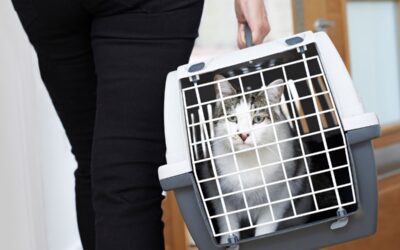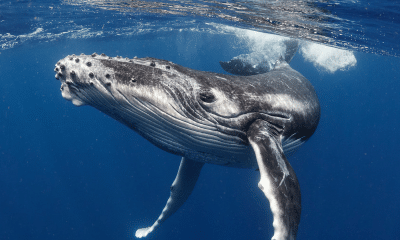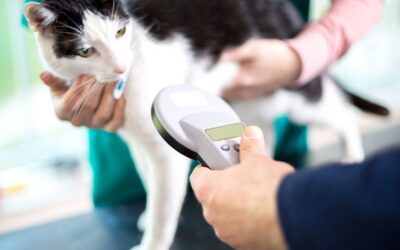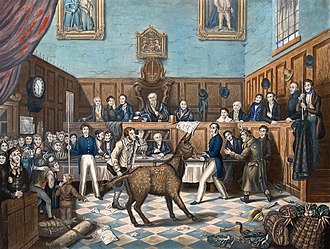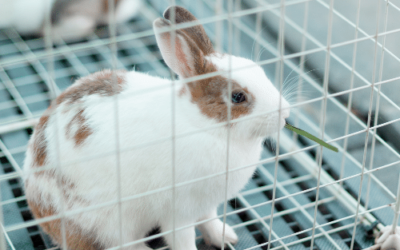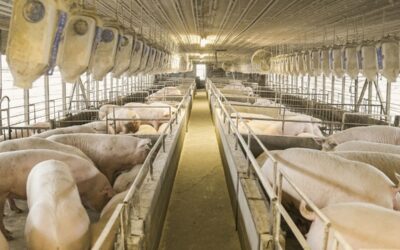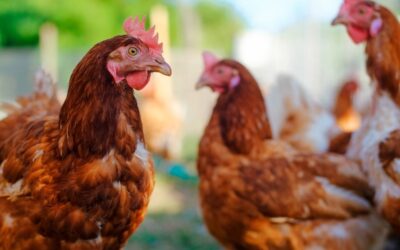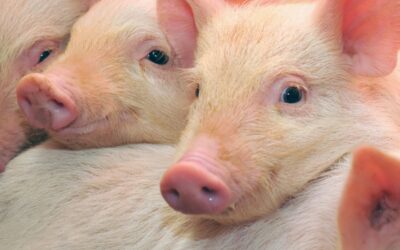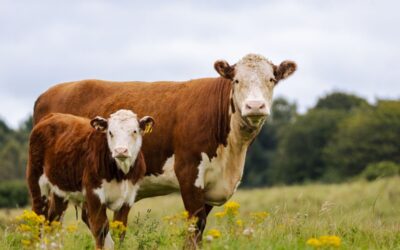Animal Law News
The latest news and views about animal protection law and policy in the UK and beyond. Written by our volunteer team and guest contributors.
New Trends for 2025: UK Paves the Way for Cultivated Meat in Pet Food
By Lawrence Topley In July 2024, the UK became the first European country to approve lab grown meat. Now, on 7 February 2025, the cell cultivated product has hit the shelves at Pets At Home in the...
Interview with Jean Claude Masengesho, Founder of the Rwanda Animal Welfare Organization (‘RAWO’)
RAWO’s website boldly states, “Let’s take care of animals”, and that is precisely what the charity does. Based in the Musanze district of Rwanda, its objective is to advance animal welfare in the...
The Updated Renters’ Rights Bill (2024) Awaits its Second Reading in the House of Commons – but still no progress on improving security for companion animals
The revised version of the new Government's Renters' Rights Bill has been introduced in the Commons. This Bill aims to give renters more stability and security in the process of renting homes,...
He Whakaputanga Moana, or, Declaration for the Ocean
by Ankita Shanker LLB (R’dg), BCL (Oxf), BPTC (BPP) 28 March 2024 was a historic day for the Animal Rights movement, as indigenous leaders of various Pacific Islands banded together to ratify...
Congrats to our 2023 Student Essay Competition Winners!
Join us in extending congratulations to the winners of the 2023 Annual Student Essay Competition. Daniel is our first-place winner for the 2023 competition, and you’ll be able to read his...
Compulsory microchipping for cats in England
by the A-Law companion animals working group At long last, cats in England will have stronger protections under the law. After years of campaigns from action groups, cat owners and more, on March 13...
Proposed Amendments to the Online Safety Bill
The primary aim of the Online Safety Bill is to protect children and other vulnerable individuals from harmful online content. While this covers content that relates to violence, drugs, alcohol or...
2022 ANNUAL STUDENT ESSAY COMPETITION WINNERS
Join us in extending congratulations to the winners of the 2022 Annual Student Essay Competition. Elena, an aspiring barrister completing vocational studies at the Inns of Court College of...
De-Extinction: Considerations on Returning Wolves to the United Kingdom
By: Erin Poppenga As recognised by many countries worldwide, ecosystems are deteriorating because of invasive and destructive human behaviour. Ecological conditions can decline when certain species...
Scottish Snare Ban Comes into Force
Scotland has become the second UK administration to implement a full ban on wire snares to capture wild animals, such as foxes and rabbits. Measures introduced in the Wildlife...
Celebrating the Second National Animal Law Day
Honouring Richard Martin MP written by guest author Erin Poppenga The first animal to receive justice for suffering extreme...
England moves one step closer to banning the keeping of primates as pets
On 14 December 2023, the Government moved a step forward to prohibiting in England the keeping of primates as pets by persons at home and in private collections by laying out the draft Animal...
Sentencing Council Guidelines for Animal Cruelty Offences
The Sentencing Council has issued guidelines effective from 1 July 2023, which reflect the increased sentencing powers under the Animal Welfare (Sentencing) Act 2021 (the ‘Act’) for animal cruelty...
Home Office Reinstates Animal Testing Ban for Cosmetics Ingredients Following High Court ruling on a Judicial Review of UK Policy
In a case brought by Cruelty Free International, (“CFI”) the High Court ruled on 5 May 2023 that the UK government was acting legally when it relaxed its policy ban on animal testing for cosmetics...
Prop 12 law to protect farmed animals upheld by US Supreme Court: Analysis
By Oliver Hirsch The US Supreme Court has upheld Proposition 12, a Californian law setting minimum standards for the confinement of egg-laying hens, breeding pigs and cows. What is Prop 12? “Prop...
For Better or for Worse: We Get to Decide
By Nicole Bergman - Law Student and A-LAW Legal Correspondent RSPCA publishes thought provoking resources about animals and society. The connection between human behavior, animal welfare, and the...
5th Annual UK Animal Law Conference: Call for Papers open until 28th January 2025
The UK Centre for Animal Law (A-LAW) and Birmingham City University’s Animals, Nature & Society Research Stream are excited to announce they will co-host the 5th Annual Animal Law Conference on...
2024 Annual Student Essay Competition Winners
Join us in extending congratulations to our winners of the 2024 Annual Student Essay Competition. In first place, Archie Philips, in second place, Hannah White and in third place, Sylvia...
Pet Abduction Act 2024
The Pet Abduction Bill 2023-24 received Royal Assent on 24th May 2024. The Pet Abduction Act 2024 will come into force in England and Northern Ireland in August 2024. Prior to the Act coming...
Celebrating World Animal Day 2023
4 October 2023Laura Kiy, Tiffany Mitchell, Lotta Teale, Paula Sparks - UK Centre for Animal Law For World Animal Day, we are celebrating recent positive law reforms that have the potential to...
Protecting & Preserving Betteshanger Country Park
Betteshanger Country Park in Deal, Kent is a testament to the positive environmental impact a community can have when they come together to reimagine and revitalise land impacted by years of...
Chris Packham Succeeds in Libel Action
Chris Packham wins libel claim in respect of articles published on Country Squire website accusing him of dishonesty. One of the allegations made against Mr Packham concerned his fundraising for...
Two important ‘Animal’ Bills pass through the House of Commons and head to the Lords
By Rob Espin, Solicitor and Co-Chair of A-LAW Wildlife Special Interest Group Friday 17 March saw both the Hunting Trophies (Importation Prohibition) and the Animals (Low-Welfare Animal Activities...
TWO CENTURIES SINCE THE FIRST LAW TO PREVENT ANIMAL CRUELTY – WHERE ARE WE NOW?
By Nicole Bergman - Law Student and A-LAW Legal Correspondent Our Chair, Paula Sparks, along with Professor Andrew Knight, Professor David Favre, and Dr Aysha Akhtar, discuss [article here] the...









